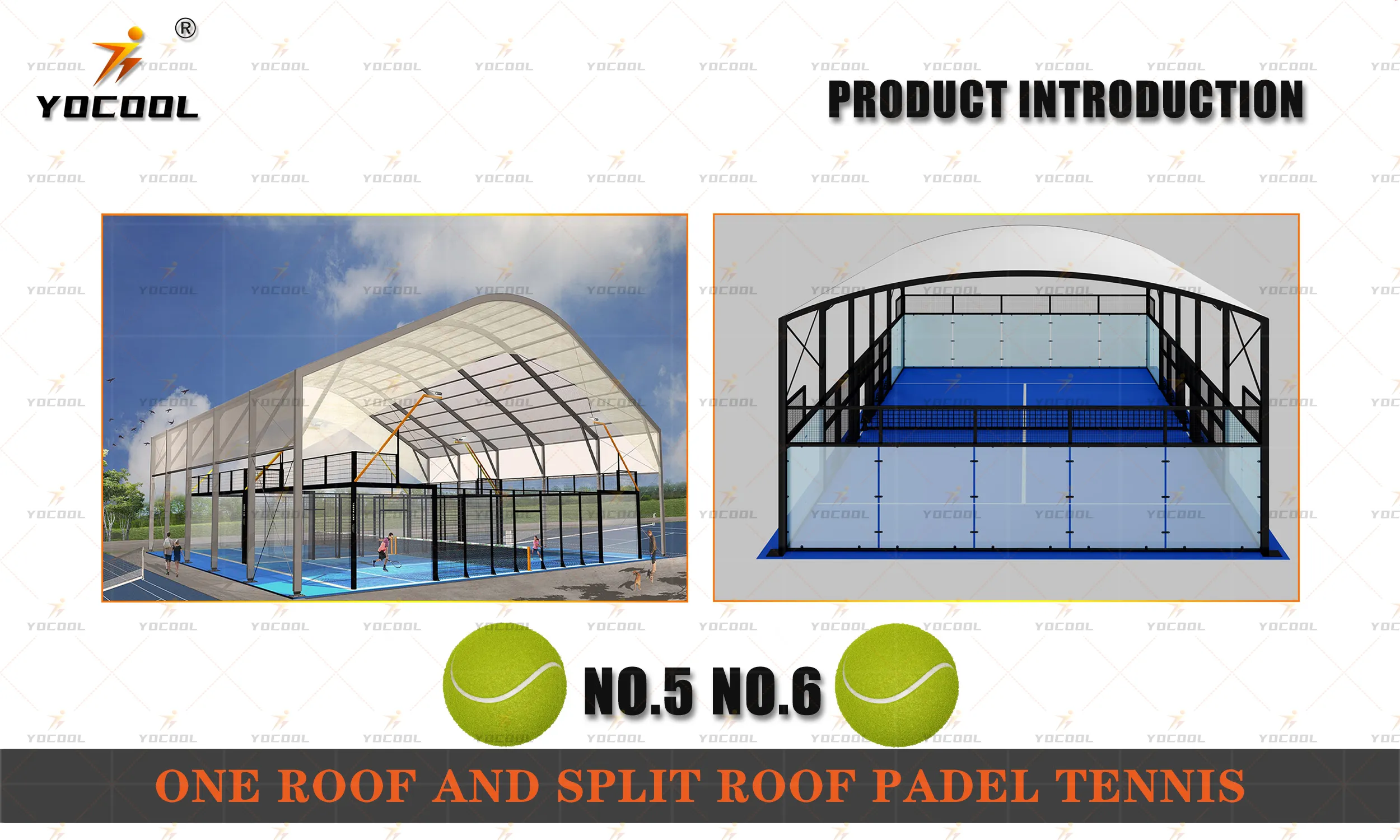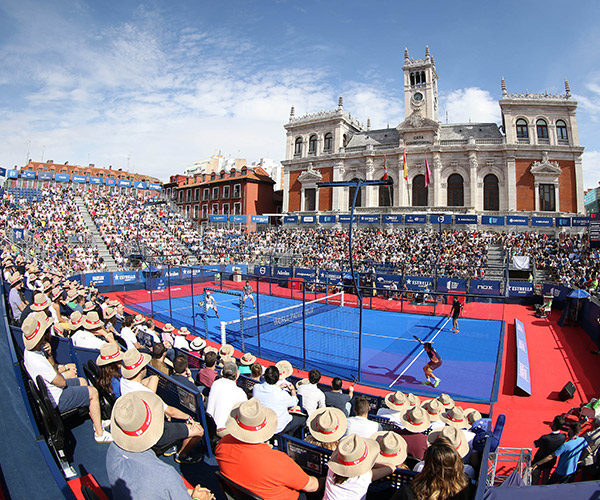Paddle tennis and pickleball have soared in popularity, drawing enthusiasts from various backgrounds into their courts. Although these sports share some similarities, each boasts unique equipment demands, creating distinct manufacturing opportunities. This article explores the intricacies of creating a pickleball and paddle tennis factory, emphasizing quality, innovation, and sustainability.

In the world of paddle tennis, the racquets are pivotal, influencing gameplay tremendously. Paddle tennis racquets, unlike typical tennis rackets, are solid with perforations, offering players more control. The ideal factory focuses on the latest material technologies, such as carbon fiber and composite materials, to ensure lightweight yet durable products. Implementing computer-aided design (CAD) technology aids in the intricate design of racquets, ensuring each piece combines efficiency with performance.
Pickleball, alternatively, uses paddles that superficially resemble those in table tennis but are larger and often crafted from materials like graphite, fiberglass, and wood. The innovative factory uses state-of-the-art machinery to balance the paddle's weight, grip, and comfort – all crucial elements for a superb playing experience. The emphasis is on ergonomic design, reducing strain and enhancing player comfort during prolonged sessions.

To maintain a competitive edge, a factory must invest in Research and Development (R&D). R&D opens pathways to innovation, allowing for the creation of proprietary technologies that improve the quality and efficiency of the equipment. Keeping abreast with sports science insights means producing equipment that not only meets but anticipates player's needs. For example, advances in shock absorption and vibration dampening technologies make paddle and pickleball racquets more player-friendly, minimizing the likelihood of injury.
Quality control stands as a non-negotiable pillar in the manufacturing process. Every paddle and racquet undergoes rigorous testing procedures. This includes stress testing to assess durability, balance tests for optimal weight distribution, and surface inspections to ensure precision in design. Factories adopting ISO 9001 certification illustrate commitment to consistent quality and continual process improvements, subsequently uplifting their market credibility.
Sustainability, often overlooked, presents another front for innovation. Factories focusing on eco-friendly materials find appeal among environmentally-conscious consumers. Utilizing recycled composites, water-based adhesives, and reducing plastic packaging, speaks to a growing segment of eco-aware athletes. Moreover, energy-efficient machinery and waste reduction protocols align factories with a future increasingly dictated by environmental responsibility.
paddle tennis and pickleball factory
Building an authoritative presence in this domain entails partnerships with professional players and coaches who utilize the equipment in high-stakes games, adding authenticity and credibility to the claims of excellence. Testimonials, endorsements, and feedback loops form an integral part of the product development life cycle, directly influencing future iterations.
Establishing a direct connection with consumers proves invaluable. Offering interactive experiences like factory tours, webinars, and workshops provides transparency in manufacturing processes and fosters a deeper connection with the brand. It allows consumers to appreciate the craftsmanship behind each piece of equipment, enhancing perceived value.
Crafting trust doesn’t solely rest on delivering superior products; it extends to customer service excellence. Efficient logistics ensure timely delivery of goods, while responsive support teams assist consumers promptly. Moreover, implementing a straightforward return or exchange policy reassures customers, enhancing their overall purchasing experience.
Finally, differentiating a pickleball and paddle tennis factory in an evolving market requires a strategic online presence. SEO optimization plays a critical role – from product descriptions rich in relevant keywords to insightful blog content that addresses common consumer questions. Leveraging social media for engagement and hosting virtual live events further extends reach, captivating both current enthusiasts and potential new players.
In conclusion, a successful paddle tennis and pickleball factory functions at the intersection of quality, innovation, and sustainability. By embracing cutting-edge technologies, committing to eco-friendly practices, and fostering community engagement, such a factory not only meets the present demands but also positions itself for future advancements in these dynamic sports.



